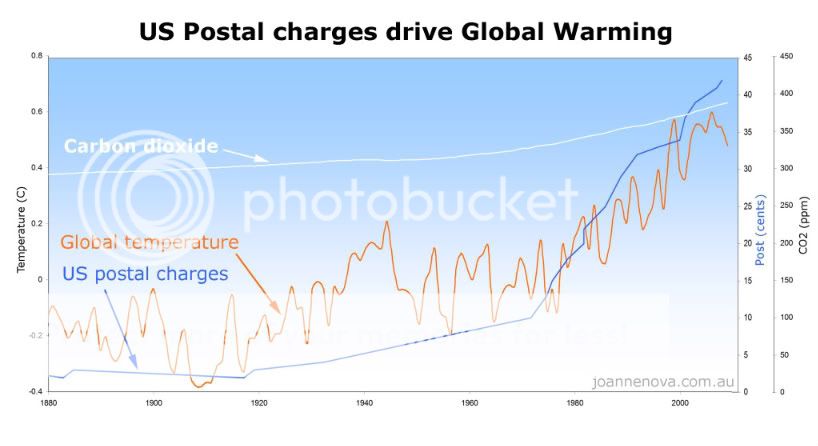First, addressing the subject of the thread.
CO2 and CH4 are not seperate issues. As the increasing heat in our atmosphere melts the permafrost and yedoma, a form of permafrost containing a huge amount of water, enormous amounts of both CO2 and CH4 are emmitted. In fact, some lakes now in the yedoma have spots that never freeze in the winter because of the bubbling of the methane.
As the CO2 in our atmosphere has warmed the oceans, including the Arctic Ocean, the shallow clathrates in the Arctic Ocean have began to emit CH4.
Now CH4 is not just 20 to 25 more times as powerful a greenhouse gas as CO2, it is at least 30 to 60 times as powerful as CO2, because, when it oxidizes, it forms CO2 and H2O. In the upper atmosphere, the latter is especially effective.
There is no known economical way to use the CH4 that is bubbling out of the lakes, the same goes for the ocean clatherates.
We have added 40% more CO2 to the atmosphere. We have also added 250% more CH4. At no time in the last 15 million years have the GHG levels been this high. Then we have also added industrial gases.
The talk of keeping the CO2 level below 450 ppm is misleading. For, counting the effects of methane and industrial GHGs, we have already reached and surpassed that in equivelant heating effects.
Given the dishonesty of the people regarding the effects of AGW, such as the people we see on this board, I do not see us even making a real attempt to get a handle on the CO2 until it is well past 600 ppm, and the world is losing population from the effects. Not that it makes that much differance, because I think that we have already gone past the tipping point where sometime in this century, the stored carbon in the sinks of the permafrost and clathrates will contribute far more than mankind.
PERMAFROST - POTENTIAL CLIMATE BACKBREAKER - Reversing Climate Change - Zimbio
Scientists Sergei Kirpotin of Tomsk State University, Russia and Judith Marquand of the University of Oxford (I could not find a publication by them on this; this is from an issue of New Scientist) have discovered that permafrost in the western Siberian sub-Arctic region is experiencing relatively rapid thawing due to the extremely rapid warming in the region (~3°C in 40 years). Siberian permafrost differs from North America and Europe because they are underlain by yedoma, an organic-rich Pleistocene-age loess permafrost with ice content of 50-90% by volume (Walter et al., 2006). The rapid warming in western Siberia has exposed much permafrost to thawing and the creation of thermokarst yedoma lakes.
Walter et al. (2006) and Walter et al. (2007) have described the uncertainties in estimating the budget of atmospheric methane production from Siberian and other high latitude lakes because most methane is released through ebullition (bubbling), which is spatially and temporally variable. However, through a new technique of mapping bubbling point sources, they have been able to estimate that Siberian yedoma lakes emit ~3.8 teragrams (trillion grams) of methane annually, increasing previous estimates of methane released from the lakes by 58%. Because yedoma lakes are only a fraction of northern lakes, ebullition measurements in other lake regions would probably further increase methane emission estimates.
